Red Fox author Lara Fanning on flaws in idealised worlds
Today we welcome Aussie author Lara Fanning to discuss how writing her dystopian trilogy Red Fox led to identifying flaws in her idealised world, and highlighted the delicate balance between nature and technology.
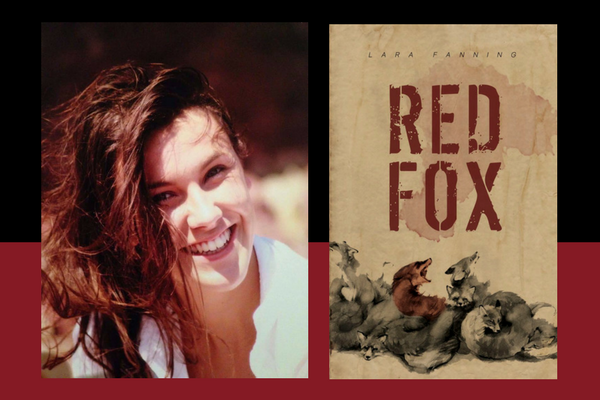
I have loved writing since I was a child. When I was seven years old, I wrote novels of wild Australian brumbies having epic adventures, teenagers morphing into animals to save the world, and flying white horses who fought an evil tyrannical black stallion. In each scenario, good triumphed over evil, and there was a distinct division between each. Nowadays, the line between good and evil in my novels is blurred, and that all started with Red Fox.
For me, reading and writing were both an escape. I loved and still love stepping into a character’s shoes and exploring their world. Sometimes, my imaginings of a novel are so vivid that I think I have seen the movie production. Friends and I would be talking about books like The Dragon Keeper, Twilight, or His Dark Materials… I would say, “Did you see how great the movie was?” only to be dealt a confused look, for the movies had not yet been released. Reading took me to places in my mind that I could not access alone. Or, at least, not until later in my life when writing became far more than just a bridge to worlds of fantasy and science fiction.
In my young adult life, writing became a means to vent about my frustrations with a human-dominated world, confronting interactions with other people, and terrible events I saw and heard on the news. I found myself, and sometimes still do, becoming bitter towards my own species.
Our tolerance for war, betrayal, and misery is alarming. Our capacity to inflict pain on others, either physically through violence, or mentally through tricks and deceit, is sickening. Our disregard for the destruction of the natural world, which gave us life and continues to feed us every substance we need to survive, disturbs me on a level I still cannot put into words.
It was all of these issues that I wanted to place into my first published novel, both to create a better world I wished to be a part of, and to show readers what human kind is steering itself towards.
Writing Red Fox was a true eye-opener for me, and its impact on my own life was something I did not even consider before writing this article.
The main character, Freya, is a mix of my younger sister and myself come together. She bears my sister’s traits of self-conviction, stubbornness, unyielding strength, consideration, with my owns traits of wildness, impatience, and a wavering, uncertain love of human kind. The idea of categorising the human population into levels of usefulness and uselessness came from my time working on a dairy farm. It seems such a trivial theme, but for me, watching cows placed into groups of, “Milkers, Breeders, and To Slaughter,” was confronting. It made me wonder what kind of uproar would occur if humans were treated the same, while being unable to fight for their own rights? And so, Red Fox began with the idea of humans being placed in groups of, “Accomplished, Breeders, and To Death.”
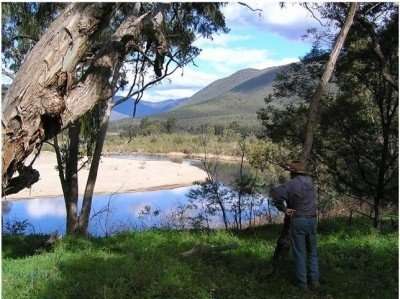
Red Fox wrote itself. It was how I saw, and almost hoped, our human world might be transformed into something more pure, natural and innocent. However, as I wrote, creating a naturalist government party who would overtake Australia, later slaughter three-quarters of the population, and enforce remaining people to become more primitive in their lives and behaviours, I began to see huge flaws with my own idea of naturalism.
Becoming a species that turns away from technology and electricity – which worked hand-in-hand with pollution, war, poverty and a slowly corrupting gene pool, to my previously naive mind – seemed to also involve giving up the most beautiful parts of our humanity: the only things that should be preserved. Qualities that make us human – our desire to protect our own and other species, our curiosity, and our desire to find balance between nature and technology – make us a unique species. Other species have this balance ingrained, while humans still struggle to find it. Freya’s best friend, Clara, was a personification for the best qualities of humans being destroyed for the greater good of the natural planet.
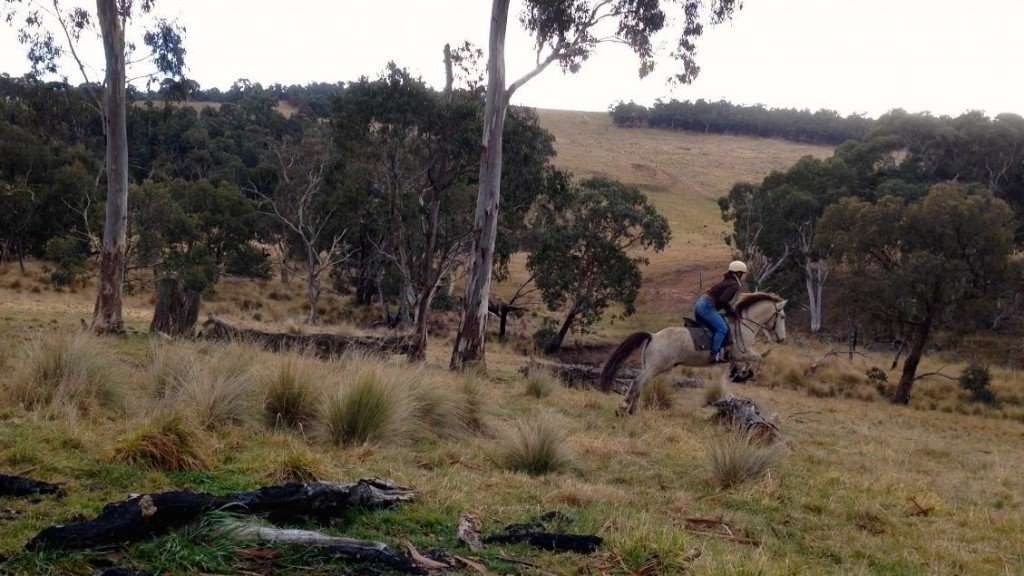
And so, as I wrote, I was confronted with the realisation that if humans were ever forced to live in my ideal world of foraging, hunting, whilst living in heavy fur clothing, timber lean-tos, and small family groups, then we would also have to surrender our compassion, innovation, and our desire to understand other humans and animals on a deep, psychological and emotive level. I considered this after completing the book, trying to pinpoint a time where I had forgotten my burning urge to sympathetically understand everything around me. To me, wanting to understand all creatures is paramount, and yet I was able to quickly pinpoint the moment I forgot that same desire.
Red Fox features a scene where Whil and Freya wander through the Australian Alps, cold and hungry. This was based on a real life event, when my Auntie and I lost our way in the Alps while searching for wild brumbies to photograph. We wandered off a deer-track in the mid-morning and found ourselves hopelessly disorientated in a steep valley by a running creek. Though we were in a land we loved and could never fear, every step was treacherously uneven, the creek stones were slick with moss, the trees damp with dew, the shrub prickly, and the cutting grass drew blood.
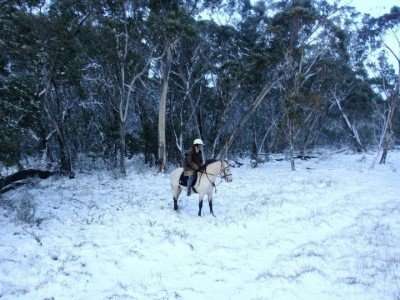
After eight or nine hours of traipsing this unforgiving terrain, we made camp in an enormous hollow log we found fallen by the creek. With each of us wearing only jeans and a light sweater, we were forced to line the log with ferns, bracken, and leaves as bedding for warmth. My Auntie had fallen in the creek earlier after losing her footing, wetting her shoes and bottom half of her jeans just before a below zero night fell upon us. The night brought with it rain and sleet, and just a little ways up the mountain, snow. We huddled together for warmth. My Auntie was in a terrible state, physically and mentally, and much of that night was spent with the knowledge that she probably could not survive another night out there.
During this time, all human thoughts were chased from my mind. There was no consideration for my life outside of the wilderness. I did not think once of my friends and family, my hobbies, my passion for animals, writing, reading, swimming, or any related memories. I thought only of survival and what – if we could never escape the one hundred and sixty million acres of rugged Alpine wilderness – to eat, drink and wear in a land at the mercy of the weather and conditions.
It is that forgotten complexity of mind and emotion that humans would lose in the event of a ‘utopian’ world being created. We would no longer give thought to those things we are most passionate about in life, which, to me, is our redeeming feature. In the novel, Freya also comes to this realisation. She is aware that the naturalist government’s tactics to begin a natural world are harsh and cruel, but also understands their vision.
And so, Red Fox became both my hopes for a future world and also my fear of that same future world ever existing. Writing it, I realised that there must be a kinder, gentler way to transform our society into one that is more considerate towards nature and other species who share this planet.
– ~ –
Disclosure: If you click a link in this post we may earn a small commission to help offset our running costs.
Sign up to our Booklover Book Reviews emails and receive our gift for new subscribers. LEARN MORE >>
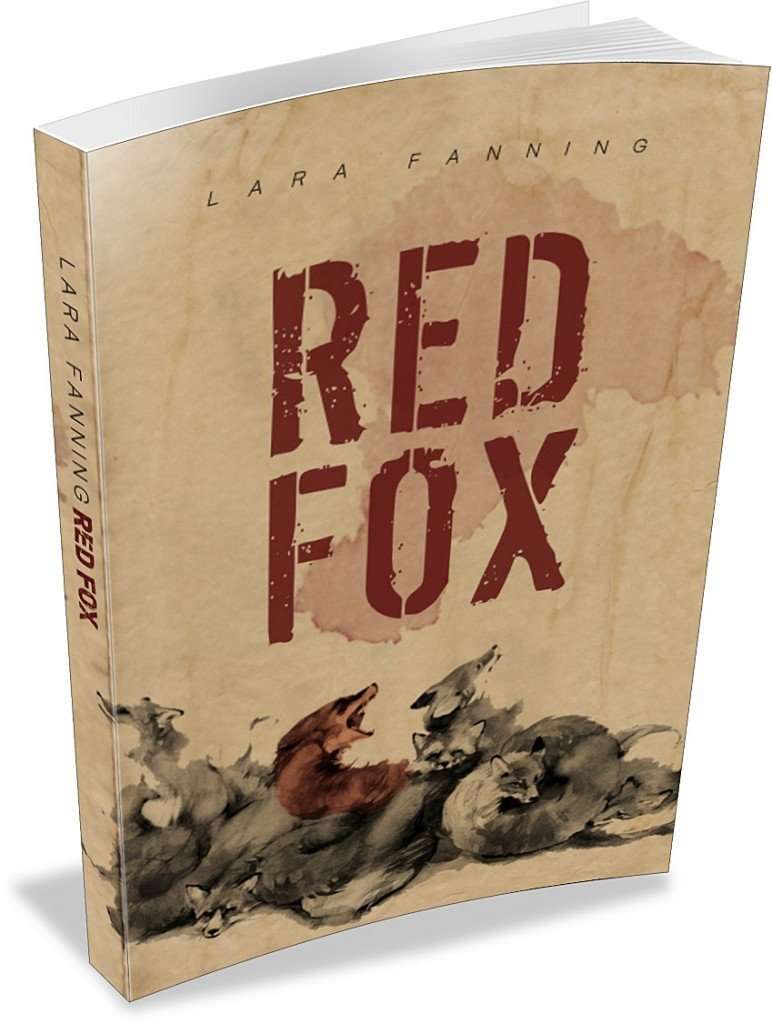 Red Fox (Book 1) Synopsis:
Red Fox (Book 1) Synopsis:
In the 1950’s, a Siberian scientist began an experiment with one goal in mind – to breed a domesticated variation of the red fox. After ten generations of breeding the scientist had reduced the adrenalin levels in the animal and created a tame creature named the Silver Fox. Decades later, the Australian government use this knowledge to devise a shocking plan that will end humanity as the world knows it.
When Freya Walker and her family are ordered to attend a town meeting by the ruthless Biocentric government, Freya is certain something horrible will occur.
The people of her town are split into four groups of people: As, Bs, Cs and Ds. Freya is the only one placed into the mysterious Bs group and transported to a ring in the bushland where she must survive a fortnight without food, water or weapons with her new companion and fellow Bs member, Whilliam Cliff.
As Freya and Whil begin to unravel the truth behind the Bs group, fighting for their freedom becomes a key part in overthrowing the Government and putting an end to their heinous plans for humanity.
Praise for Red Fox:
‘”I got totally lost in Lara Fanning’s carefully crafted world. The book is fast-paced enough to hold even the shortest attention span and before I was a quarter of the way through I was far too thoroughly hooked to even think about stopping reading. A brilliant book that has the potential to be a fantastic series. Easy reading and thoroughly enjoyable.
I wait with greatest anticipation for the sequel.” — Sarah Hindmarsh, children’s author.
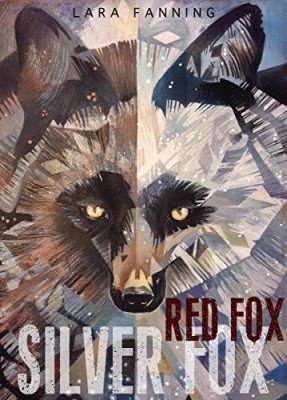 Red Fox, Silver Fox (Book 2) Synopsis:
Red Fox, Silver Fox (Book 2) Synopsis:
Set a jaw trap for a fox. When you return the jaws will be crushed closed, but all that remains of the fox is a bloody leg. Rather than be deprived of freedom the red fox will chew off its own limb.
Freya Walker has found peace in the Beech Clan. The deserters living there have become like her family. Still, Freya finds she cannot forget about her true family, even when the clan folk forbid her from leaving their secreted rainforest camp to search for them. Nearly a year after witnessing the Australian Biocentric government’s heinous plan to save the natural world by eradicating unwanted humans, Freya jeopardises her newfound freedom to save her loved ones. New perils await as Freya and the Beech Clan leader, haughty young man Kharanshu Delhi, set out on their secret rescue mission:
Biocentrics still rule. Warden continues seeking Freya to breed Alphas. Fear, deception and apathy infiltrate the As Settlements.
But a greater problem emerges when Freya and Khar face the dangers outside of their forest sanctuary: For a wild and violent side of Freya is becoming harder to keep dormant.
* The third and final novel in the trilogy is scheduled for release in 2018.
Lara Fanning’s titles are available from:
About the Author, Lara Fanning
Lara Fanning is an aspiring Australian author who writes fiction, fantasy and science fiction works. She studies Zoology, and in 2015 published her first novel. Fanning grew up in a country coastal town in Australia and draws inspiration from the natural world, often writing novels that centralise around environmental conservation. She enjoys reading, writing, art, horse riding, bushwalking and hiking, and has a passionate interest in animals and animal welfare. Connect with Lara on Facebook.
